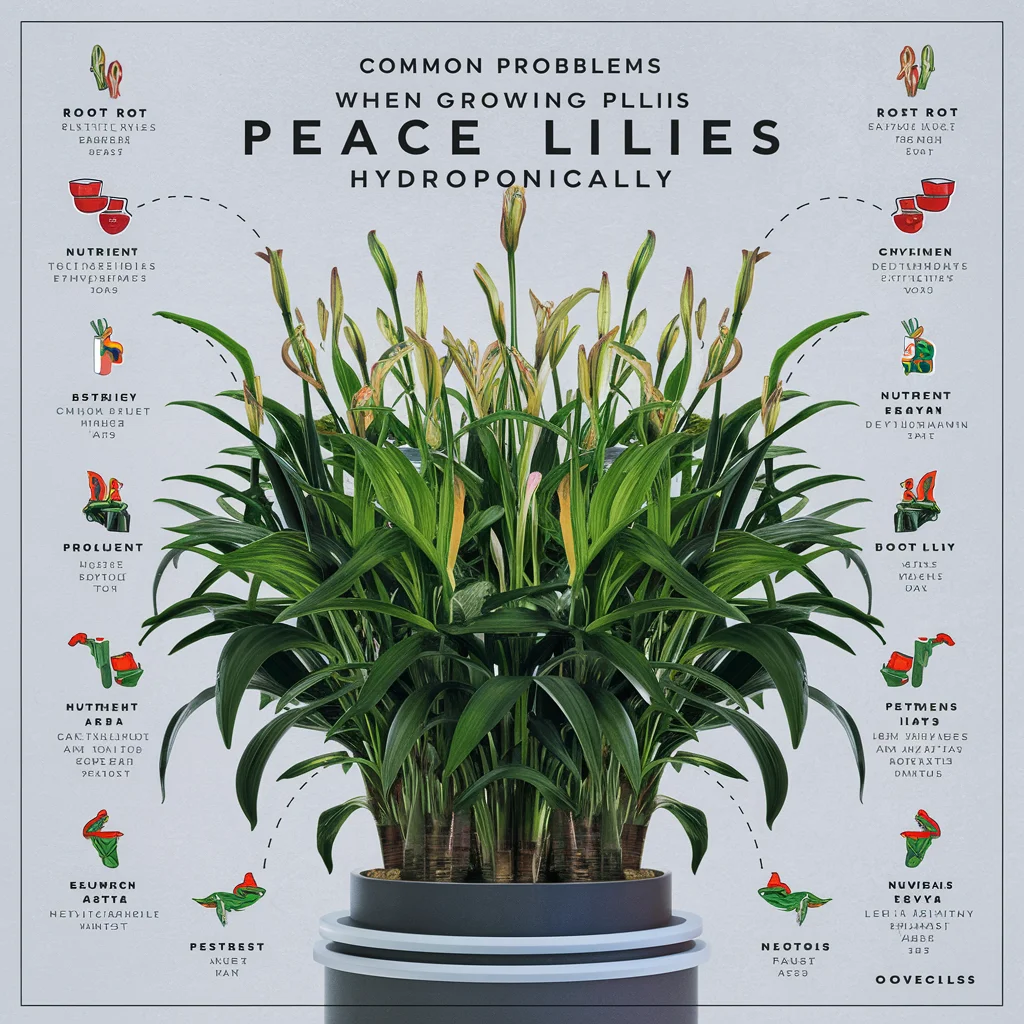Peace lilies are known for their lush green leaves and beautiful white blossoms, making them a popular choice among indoor gardeners. But have you ever thought of placing your peace lily outside? You might be wondering,” can a peace lily live outside? ” This article will discuss if peace lilies can survive outdoors, what conditions they need to thrive in and how best to take care of them when they are out.
Knowing Where Peace Lilies Come From
Before we even look at whether or not a peace lily can live outside, it is important to know where it is native to. Peace lilies (Spathiphyllum spp.) come from tropical regions of central and South America. They grow on the floors of forests in the wild where there is dappled sunlight, high humidity, and consistently warm temperatures. However these conditions don’t exist outdoors resulting into many people choosing to keep them inside.
Can a Peace Lily Live Outside? – In Short
Yes! A peace lily can live outside but with certain conditions that must be met for it to thrive. Because they come from hot humid tropical rainforests, they cannot do well in every outdoor location. For this plant to grow successfully outside one should try as much as possible recreate its natural habitat.
Outdoor Conditions Perfect for Peace Lilies
When taking your peace lily out ensure that the outdoors has all the required conditions. These include:
1.Temperature
Preferably, 65°F – 85°F (18°C-29°C) would be ideal and anything above that would be too hot while below 55°F (13°C) would cause cold stress.However if winters in your area are mild enough and summers are warm then you may leave it there especially during summer periods. Nevertheless during harsher parts of year especially in colder zones it might need to come inside.
2.Light
Peace lilies grow under the shade of trees because they filter light. Therefore, if you want to grow such plants outdoors, find a place where there is no direct sunlight and partial shade is preferred.Never let them receive direct sun as this will scorch their leaves. This can be under a tree near a patio.
3.Humidity
This plant type also needs high humidity.If you live in humid area your peace lily will surely flourish outside. On the other hand, if you reside in arid places then misting it regularly or placing it on top of water tray would help keep its moisture level as required.
4.Soil and Drainage
It thrives best in well-drained loamy soils that are moist but not saturated.Select a site with good drainage when planting peace lily outside so as to avoid root rot. In addition, adding organic matter into soil improves structure and enhances its water holding capacity.
5.Watering
Outdoor peace lilies require regular watering especially during hot and dry spells.Never allow them to sit in too much water; however the soil must remain constantly wet.You should not leave it unattended since once an inch from the top becomes dry again, it’s time for another round.Root rot occurs when overwatered therefore ensure there isn’t stagnant water around unnecessarily.
Additionally, the following might be some obstacles in growing peace lilies outside:

Temperature fluctuations
Also, sudden changes in temperature have a high impact on peace lilies. It can also be difficult for plants to adjust to extreme weather conditions when the nights are cold and the days are hot.
Pests and diseases
Outdoor plants usually have more pest and disease issues than indoor ones—such as aphids, spider mites, mealybugs etc.—that typically attack peace lilies grown in a garden. Regular checks of your leaves will help you avoid pests. You may use insecticidal soaps or neem oil.
Wind exposure
Delicate peace lily leaf can be damaged by strong winds resulting in tears and browning. So it must be kept where wind cannot reach like near a wall or fence.
Over-exposure to sunlight
Sometimes one can easily move it to another part if it happens that sunlight falls directly on it even though it had been under shade throughout the day. When placing your plant determine the amount of sun they will receive.
Seasonal considerations for outdoor peace lilies
In every season of the year, different care is needed for outdoor peace lilies depending on the local climate. For instance, during warmer months they will stay outside but once autumn comes you will quickly move them inside since temperatures fall sharply within short time frames from outdoor to indoor without events giving enough time for gradual adaptation not putting stress due to sudden changes on it.
Spring and summer
Therefore during this period of time when everything is fine outside – better growth with increased humidity and blooming; you should be OK keeping them outdoors if environmental conditions are favorable.
Fall and winter
If late summer signals onset of winter watch closely night temperatures which drop overnight before fall proper kicks in at nightfall. If night temperatures consistently fell below 60°F (15°C), then bring them indoors. This makes winters tricky because residents in colder parts who have to keep their peace lilies in a warm room with high humidity and no drafts.
Conclusion
Can peace lilies be planted outside? Absolutely yes, if they prefer. Peace lilies can do well outdoors in places where during the day time temperatures may range between 75°F (24°C) and 90°F (32°C), with high humidity and sunlight filtered through tree canopy or blinds etc. However, they are not suitable for areas experiencing extreme weather conditions or cold climates.
If you decide to move your peace lily outside, monitor it closely and be prepared to bring it indoors if the weather becomes unfavorable. Your peace lily will not only survive but also look beautiful while still thriving under proper care whether kept inside or taken outside to enjoy both indoor comfort and outdoor freshness as part of home or garden.





